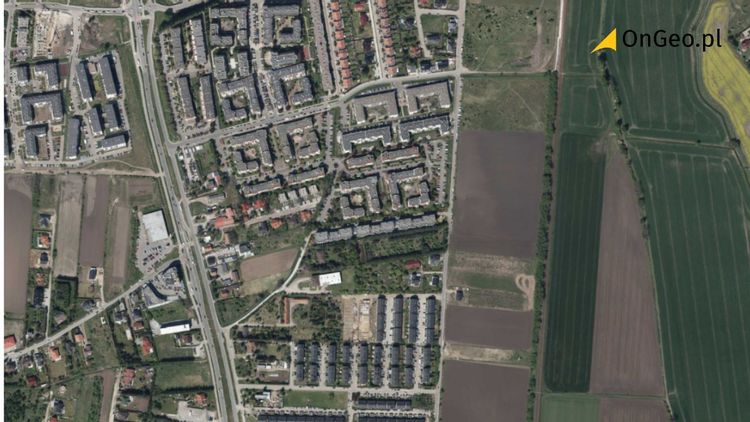Children in the Gaza Strip are inactive starving despite Israel's "tactical breaks" in military operations. The UN warns that the conditions for providing humanitarian aid are "far insufficient" and parents "fight to save their starving children". 4 days after the introduction of breaks, there are inactive casualties among those seeking help.
Deputy United Nations spokesperson Farhan Haqqani stressed the dramatic situation in the Gaza Strip. "We are inactive observing victims among those seeking aid and subsequent deaths due to hunger and malnutrition" - he said. He added that the conditions for providing assistance are "far insufficient".
Parents in a besieged enclave desperately "fight to save their starving children". The United Nations Office for the Coordination of Humanitarian Aid (OCHA) has stated that the scale of needs exceeds the supply.
Unilateral breaks are not enough
Unilateral tactical interruptions in war activities do not let the continuous flow of supplies essential to meet immense needs. UN representatives have pointed to many obstacles to providing assistance.
The Kerem Shalom/Kar Abu Salem crossing requires many stages of Israeli approval. Speakers stressed delays in receiving green light and raised the request to halt bombings.
Apocalyptic conditions for children
"It's absolutely apocalyptic. Children are injured and killed trying to get food and help, suffering from malnutrition and hunger" - quotes UN News Ricardo Piresa, UNICEF communications manager.
UNICEF and another agencies are struggling to break down the basic infrastructure. Only 40 percent of water production is available, and children usage contaminated sources, risking fatal diseases.
(PAP/New York) Note: This article was edited with Artificial Intelligence.















